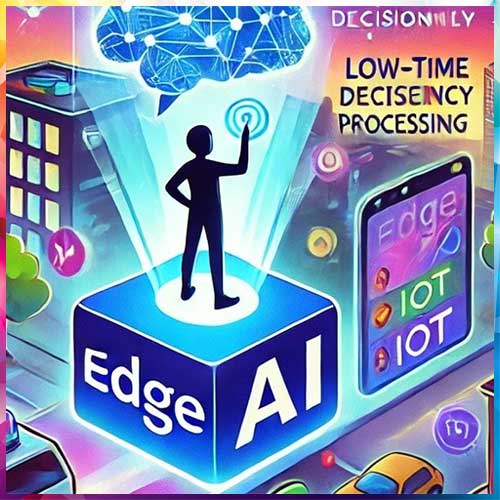
Traditional firewalls, once the backbone of enterprise cybersecurity, are no longer effective in today’s complex digital landscape.
The rise of cloud infrastructure, IoT devices, and remote work has eroded the notion of a fixed, defensible network perimeter. As organizations grow more interconnected, so do their vulnerabilities.
Cybercriminals now leverage AI to automate and scale their attacks, rapidly scanning for weaknesses and exploiting compromised credentials or lateral movement.
In this evolving threat landscape, relying on static, rule-based defenses is both risky and outdated.
So, Enter Zero Trust Architecture—a security model built on the principle of “never trust, always verify.”
Every user, device, and access request is continuously authenticated and monitored, regardless of location or network.
Enhancing this model is Multimodal AI, which processes diverse data types—visual, behavioral, and network signals—to detect anomalies with greater accuracy.
Powered by Naturally Processed Algorithms, these systems learn and adapt in real time, mimicking human reasoning to stay ahead of threats.
While challenges like implementation complexity and data privacy remain, the shift is clear: organizations must move beyond perimeter security.
The Zero Trust Exchange offers a dynamic, identity-centric framework capable of securing today’s fluid, AI-driven environment.
See What’s Next in Tech With the Fast Forward Newsletter
Tweets From @varindiamag
Nothing to see here - yet
When they Tweet, their Tweets will show up here.





























